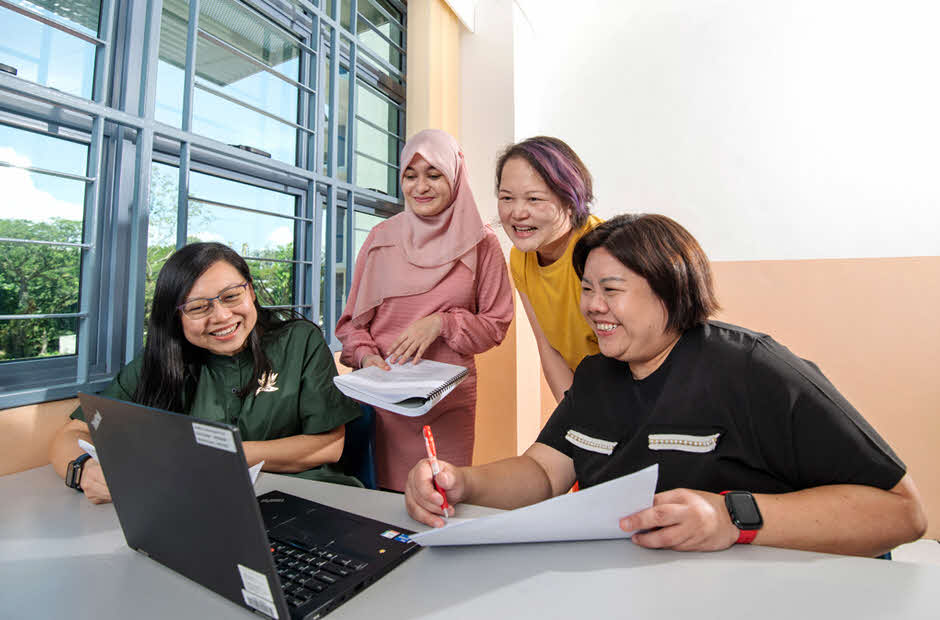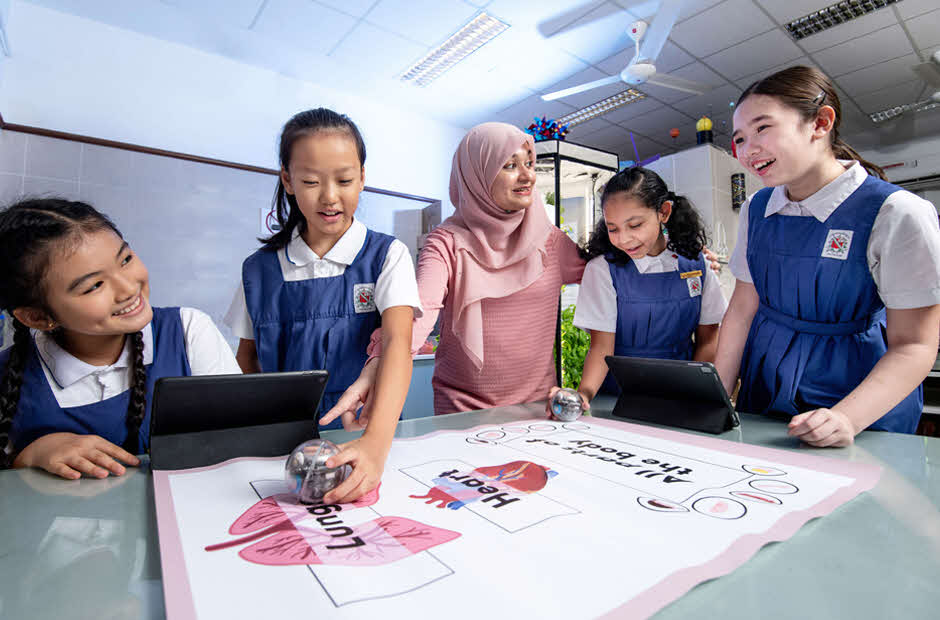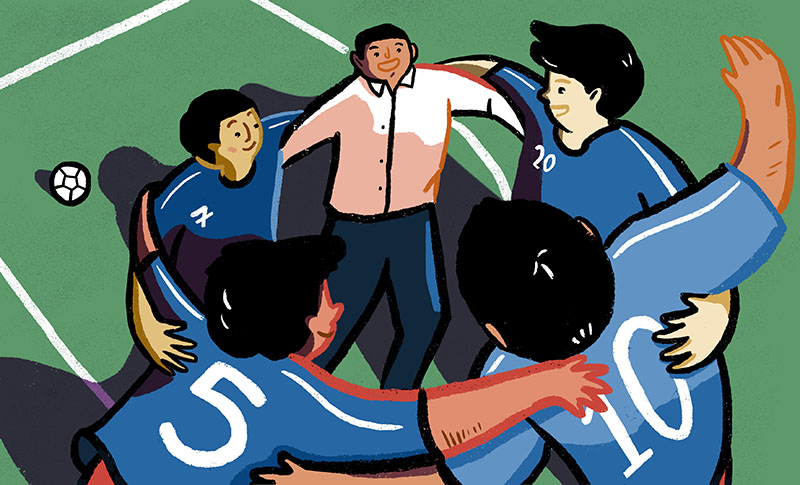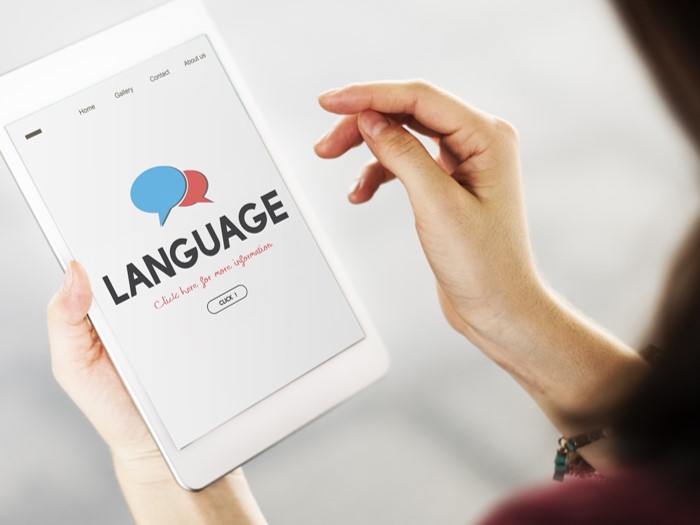A teaching win for me is… seeing smiles light up my students’ faces.
Smiles tell me that understanding has dawned; that challenges are overcome, and success is celebrated. Smiles reveal a sense of confidence and joy of learning within students.
I remember working with a student whose smile I hardly saw. Every morning was a struggle to get her to school, her parents told me; there’d be crying, screaming, tantrums, the like. When she did get to school, she’d refuse to speak. It was clear she’d lost her smile, and it became my mission to restore it.
Each morning, I checked in with her mother. I journalled with the girl every day for a month. We filled the journal with words of encouragement and photos of us working together. I think having these tangible reminders of our growing relationship helped her realise there was an adult she could trust in school, that school was a safe place.
We had a class ‘pet’ – a narwhal plushie called Cotton Candy – that students go to when they’re down. It was a silent confidant, offering comfort when words failed. One afternoon, when the girl was bent on silence, I gave her the plushie. “Both Cotton Candy and I are here for you. We’re a team! We won’t give up on you,” I assured her, as she wrapped her fingers around the toy. Slowly, her face softened. The corner of her lips lifted – a smile!
Over time, I saw that beautiful smile frequently. Sure enough, her parents, too, noticed a change in their child’s attitude towards school. No more morning tantrums!
When students feel safe and valued in the classroom, they’re more willing to take risks and actively participate in their learning. Every time I see a student smile, I feel like a winner. I’m reminded that I can profoundly shape their character and help them realise their potential.
An effective teaching tool for me is… e-pedagogy, or tech-enabled learning.
To me, tech transforms education and promotes active construction of knowledge. It’s not just about using iPads and robots. Skilful integration of technology involves cultivating a learning culture where students actively participate and take charge of their own learning.
For example, I create interactive resources using Genially to scaffold students’ understanding and facilitate vocabulary-building. Students explore these interactives and acquire new knowledge by studying, analysing, and gathering information from a variety of print and non-print resources. Students nurture their ability to learn and deepen their understanding independently.
I believe Artificial Intelligence (AI) also has great potential in teaching – both in lesson preparation and enactment. I’m thankful that at CHIJ Kellock, our Heads of Department (HODs) and School Leaders are always so supportive of us trying new things and sharing lesson designs with each other.

“Give it a shot! If you fail, at least you learn something,” my HODs often say. In the realm of EdTech, so much is new to us and we’re all figuring things out as we go. When I share resources with my colleagues, they’re eager to try too. My goal is to foster a culture that embraces e-Pedagogy, even if there are hiccups along the way. May we have more dynamic instructional practices to equip students to thrive in the rapidly evolving digital world.
An initiative I find meaningful is… exploring Artificial Intelligence with primary school students.
In one task, my students used a child-friendly AI platform, Machine Learning for Kids, to create their very own AI machine that could identify how a seed is dispersed by scanning its physical structure. Students had to be discerning evaluators by comparing the AI’s assessment with their own scientific knowledge.
I had the pleasure of witnessing amusing yet critical conversations among my students. One of them took a selfie and was informed by the machine that she was dispersed by water. She exclaimed that it could be because the machine was recognising her brown hair as fibrous husks! She didn’t just laugh it off; instead, she started hypothesising, just like a scientist.
This fusion of AI and Science is crucial for students to witness. It enhances their understanding of both disciplines and develops their critical thinking and grit. These projects enable students to navigate the world of AI safely and confidently.






